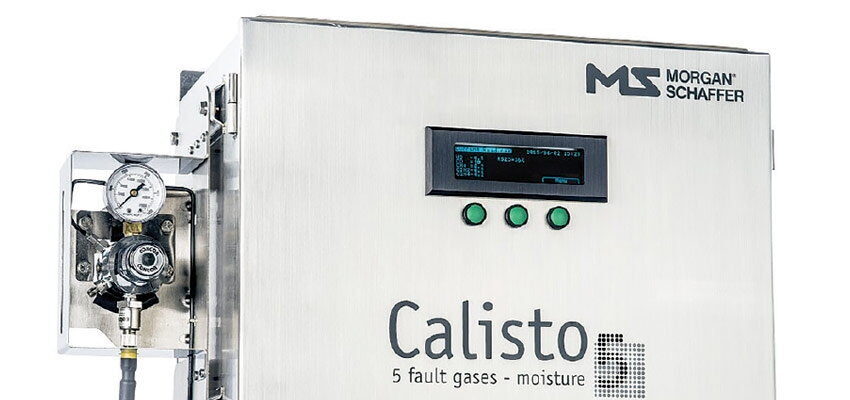
Column: Condition monitoring
Dissolved Gas Analysis for transformer health management Abstract Complex studies have led to the development of powerful methods to assess the health of the...
byTony McGrail

Dissolved Gas Analysis for transformer health management
Abstract
Complex studies have led to the development of powerful methods to assess the health of the insulation system, and even the entire transformer, by periodically analyzing samples of the transformer oil. By far the most important of these diagnostic methods is dissolved gas analysis (DGA), which was introduced in the 1960s. Our ability to measure and interpret the dissolved gases has improved tremendously over the last 50 years.
Keywords: DGA, dissolved gas analysis, monitoring, health
- Introduction
Look at any power transformer today, and one may notice the materials used in its construction remarkably resemble those used 100 years ago. To this day, most power transformer designers continue to prescribe cellulose insulation submerged in mineral oil to achieve a cost-effective and reliable insulation system. One upside to the long history of this design choice is that we have had many years, and many transformers, to study the aging of these materials in service. These studies have led to the development of powerful methods to assess the health of the insulation system, and even the entire transformer, by periodically analyzing samples of the transformer oil. By far the most important of these diagnostic methods is dissolved gas analysis (DGA).
Many of the electrical, thermal and chemical problems that may arise during the lifetime of a transformer will leave a signature in the oil. For example, overheating the cellulose insulation tends to generate traces of CO (carbon monoxide) and CO2 (carbon dioxide) gases that become dissolved in the oil. In another case, heat generated by a loose or failing internal electrical connection can cause thermal degradation of the oil as it flows over it. Such oil degradation will generate dissolved CH4 (methane), C2H4 (ethylene), C2H6 (ethane) and C2H2 (acetylene) in proportions that depend on the contact temperature. Partial discharge activity commonly creates a pattern of predominately hydrogen with lesser amounts of methane. Arcing, on the other hand, typically gives rise to similar amounts of dissolved hydrogen and acetylene.







